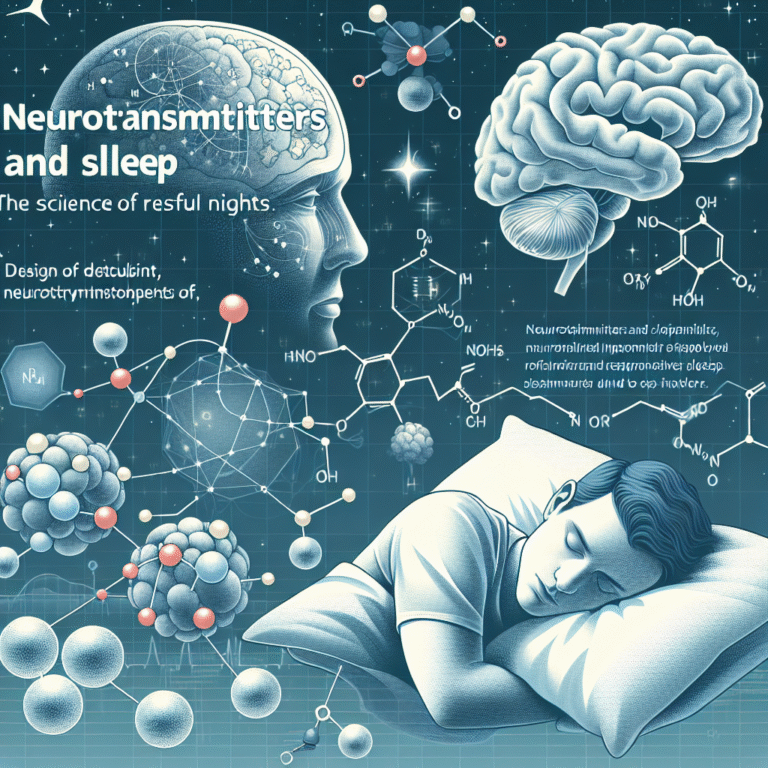
Introduction
In a world overflowing with distractions and instant gratifications, cultivating a robust set of habits is more relevant than ever. Building Better Habits: The Science Behind Positive Reinforcement not only empowers individuals to enhance their productivity and well-being but also invites a deeper understanding of how the brain works. So, how do we effectively change our behaviors and maintain those changes? The answer lies in positive reinforcement, a powerful psychological principle that can help you transform your life for the better.
What is Positive Reinforcement?
Positive reinforcement is a concept rooted in behavioral psychology, first popularized by B.F. Skinner in the mid-20th century. Simply put, it involves the addition of a stimulus following a desired behavior, thereby increasing the likelihood of that behavior occurring in the future. Whether it’s rewarding a child for completing their homework or motivating yourself to stick to a workout routine, the principles remain the same.
The Science Behind It
To grasp the full impact of positive reinforcement, it’s essential to understand how the brain processes rewards. When an action is followed by a pleasurable outcome, the brain’s reward system releases neurotransmitters like dopamine. This chemical not only creates a feeling of pleasure but also strengthens the neural pathways associated with that behavior, making it more likely you’ll repeat it.
Table 1: How Positive Reinforcement Works
| Phase | Description |
|---|---|
| Behavior | The action taken (e.g., going for a run) |
| Reward | The positive reinforcement (e.g., a smoothie afterward) |
| Dopamine Release | The brain’s response, creating a feeling of pleasure |
| Reinforced Behavior | Increased likelihood of repeating the action |
The Role of Habits in Our Lives
Habits are the framework upon which our lives are built. According to studies, nearly 40% of our daily activities are habitual, which means they occur automatically without much conscious thought. This percentage demonstrates the significance of developing better habits, especially when aligned with our goals and aspirations.
Case Study: The 21-Day Habit Formation Theory
A popular notion is that it takes 21 days to form a habit. This idea originated from Dr. Maxwell Maltz, who observed that it took about this duration for amputees to adjust to their new reality. However, newer research suggests that the time may vary widely based on the complexity of the habit. For example, a simple habit like drinking water upon waking up might take just a few days, while a more complex behavior like regular exercise could take several months.
Table 2: Average Time to Form Habits
| Habit Complexity | Average Days to Form Habit |
|---|---|
| Simple | 18-27 days |
| Medium Complexity | 60-90 days |
| Complex | 90+ days |
The Power of Small Wins
An effective strategy for Building Better Habits: The Science Behind Positive Reinforcement is to focus on “small wins.” Small victories create a sense of accomplishment and encourage continued effort. For example, if your goal is to run a marathon, starting by running just a mile can serve as a powerful motivator.
Case Study: The Domino Effect
In a study conducted at the University of California, researchers found that making small, incremental changes in habits could lead to a "domino effect," where success in one area boosts motivation in others. For instance, someone who begins to regularly exercise might also make healthier dietary choices and become more productive at work.
How to Implement Positive Reinforcement in Daily Life
Identify Target Behaviors
The first step involves identifying the behaviors you wish to change. Write down specific goals and, more importantly, the positive outcomes associated with achieving those goals.
Set Rewards
Set up a reward system that aligns with your goals. For instance, if you want to eat healthier, reward yourself with a favorite activity—perhaps a movie night or shopping trip—after successfully completing a week of good eating habits.
Monitor Progress
Utilize apps or journals to track your progress. Visual reminders act as positive reinforcement, reinforcing the behaviors you wish to adopt while keeping you accountable.
Case Study: The Role of Technology
Apps like "Habitica" gamify the habit-forming process, allowing users to earn rewards for completing tasks. This tech-driven approach leverages positive reinforcement by combining accountability with enjoyment, demonstrating that modern methods can enhance traditional psychological principles.
Addressing Common Challenges
Mistakes Will Happen
One of the most common barriers is the fear of failure. Remember, setbacks are part of the journey. The key is to learn from these missteps rather than be discouraged.
Stay Flexible
Life is unpredictable. Your goals and the rewards may need to adapt over time. Feel free to revise your rewards or goals as circumstances change.
Fade from Rewards
Eventually, you may want to fade the use of rewards as the habit becomes ingrained. The idea is to reach a point where the behavior is rewarding in itself, thanks to the internal satisfaction derived from it.
Conclusion
In sum, Building Better Habits: The Science Behind Positive Reinforcement isn’t merely about knowing the theory; it entails practical application and a mindset shift. By understanding how positive reinforcement works, setting realistic goals, and implementing small rewards, you can pave the way to lasting change. Remember, every small step counts, and your journey toward better habits is a testament to your strength and determination. So go ahead, take that first step today!
FAQs
1. What’s the difference between positive reinforcement and punishment?
Positive reinforcement encourages desirable behavior through rewards, while punishment aims to reduce undesirable behavior by introducing unpleasant consequences.
2. How long does it take to build a new habit?
Studies suggest it can range from 18 to 254 days. It strongly depends on the complexity of the habit and individual circumstances.
3. Can I still reinforce habits without external rewards?
Absolutely! As habits become internalized, the satisfaction from the behavior itself often becomes the most powerful reward.
4. What if I fail to stick to my habits?
Consider failure a learning opportunity. Analyze what went wrong and adjust your approach while remembering that setbacks are part of the growth process.
5. Is there a scientific basis for the 21-day rule?
While popular, recent studies indicate that the duration to form a habit varies widely, so it’s not a one-size-fits-all timeline.
By embracing the principles in this article and systematically applying positive reinforcement techniques, you can set the stage for Building Better Habits: The Science Behind Positive Reinforcement in your life. Get started, and watch your efforts transform into lasting changes!
















